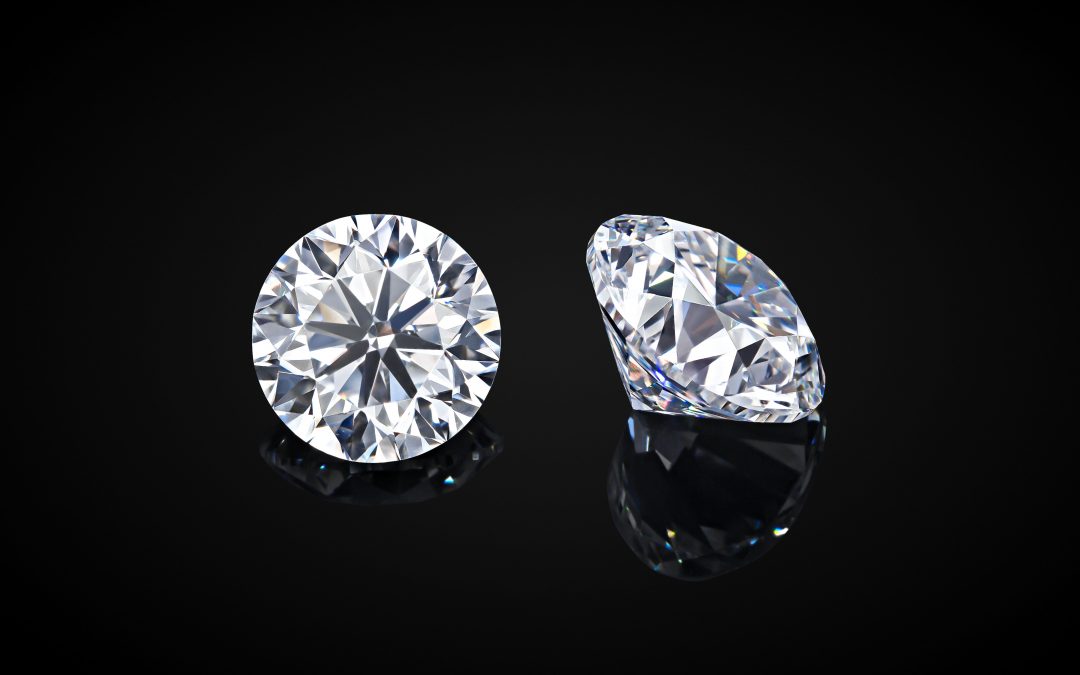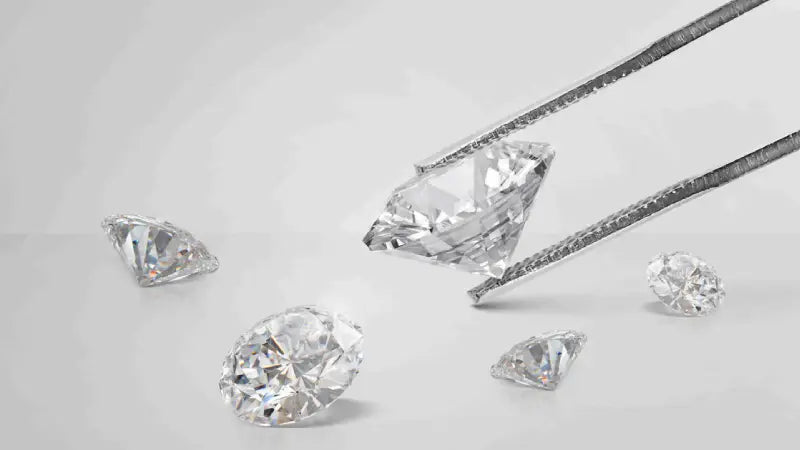
When it comes to choosing the perfect gemstone, the debate often boils down to diamond vs white sapphire. Both stones are stunning and serve as popular choices for jewelry, especially engagement rings. But how do they really stack up against each other? Let’s explore the ins and outs of these two gems, so you can make an informed decision.
Introduction to Diamonds and White Sapphires
What Are Diamonds?
Diamonds are formed deep within the Earth’s mantle under intense heat and pressure over millions of years. Composed of carbon atoms arranged in a crystal lattice structure, diamonds are renowned for their incredible hardness and brilliance. They’ve been a symbol of love and commitment for centuries, making them the go-to choice for engagement rings.
What Are White Sapphires?
On the other hand, white sapphires are a type of corundum, which is a mineral that can come in various colors, including blue, yellow, and pink. White sapphires are colorless and offer a more affordable alternative to diamonds. They may not have the same sparkle, but they certainly bring elegance and beauty to any piece of jewelry.
Chemical Composition and Formation
Diamonds: Nature’s Masterpieces
As mentioned, diamonds are pure carbon, making them unique in their formation. The intense pressure and temperature convert carbon into a crystalline structure, giving diamonds their signature hardness (10 on the Mohs scale). This natural process is what gives diamonds their durability and makes them the hardest natural substance on Earth.
White Sapphires: A Gemstone’s Journey
In contrast, white sapphires are composed of aluminum oxide and are formed in similar geological conditions but are not subject to the same extreme pressure and temperature as diamonds. While they still exhibit a high level of durability (9 on the Mohs scale), they do not possess the same hardness as diamonds.
Visual Appearance
Brilliance and Sparkle
When it comes to visual appeal, diamonds generally steal the spotlight with their exceptional brilliance and fire. The way they reflect and refract light creates that famous sparkle we all love. White sapphires, while beautiful in their own right, tend to have a more subdued shine. They lack the same level of dispersion that diamonds provide, which means you might not get that same dazzling effect.
Color and Clarity
Both stones can be graded on their clarity and color, but the standards differ. lab grown diamonds can have a range of colors, from completely colorless to shades of yellow or brown. In contrast, white sapphires should ideally be completely colorless. However, they can contain inclusions that may affect their clarity, making it essential to choose wisely.
Understanding Color Grading
When choosing a diamond, you’ll often encounter the GIA grading scale, which evaluates color and clarity. Higher grades mean better quality and more brilliance. For white sapphires, clarity is vital, as inclusions can impact their overall beauty.
Durability and Hardness
Diamond’s Toughness
Diamonds are not just pretty; they’re tough! Their hardness makes them resistant to scratches, which is why they’re often favored for daily-wear jewelry. You can wear a diamond ring every day without worrying about damage.
Sapphire’s Strength
While white sapphires are also durable, they’re not quite as tough as diamonds. They’re still suitable for everyday wear, but they may require a bit more care to keep them looking pristine.
Cost Considerations
Price Comparison
Let’s talk money! Diamonds tend to be significantly more expensive than white sapphires, often due to their rarity and the mining processes involved. While a good-quality diamond can set you back a pretty penny, white sapphires offer a more budget-friendly alternative without sacrificing too much in terms of beauty.
Value Retention
Diamonds are generally considered a better investment since they hold their value well over time. If you’re looking for something to appreciate in value, a diamond might be the way to go. White sapphires, while beautiful, don’t have the same resale value, so keep that in mind if you ever decide to sell.
Ethical Considerations
Lab-Grown Diamonds vs. Natural Diamonds
As the conversation around ethics grows, many people are turning to lab-grown diamonds as a sustainable option. These diamonds are chemically identical to natural ones but are created in controlled environments, making them conflict-free and environmentally friendly. If you’re concerned about the ethics of your gemstone, this is worth considering.
Sustainable Sourcing of Sapphires
Similarly, white sapphires can also be sourced sustainably. While many sapphires come from specific mines, ensuring ethical sourcing is crucial. Look for suppliers who provide information about their mining practices.
Popular Uses in Jewelry
Engagement Rings
Diamonds have long been the traditional choice for engagement rings, symbolizing enduring love. Their brilliance and strength make them a perfect fit for a lifelong commitment. However, white sapphires are becoming increasingly popular as a unique, budget-friendly alternative that still embodies elegance.
Fashion Jewelry
Both diamonds and white sapphires are popular in various types of fashion jewelry, including necklaces, earrings, and bracelets. While diamonds may command higher prices, white sapphires offer a beautiful option for those looking to make a statement without breaking the bank.
Conclusion
In the battle of diamond versus white sapphire, the choice ultimately depends on your personal preferences and values. If you prioritize brilliance, durability, and investment value, diamonds are the clear winner. However, if you’re looking for a stunning, budget-friendly alternative with its own unique charm, white sapphires are a fantastic option. Whatever you choose, both gems bring beauty and elegance to any jewelry piece, ensuring that you’ll shine bright







